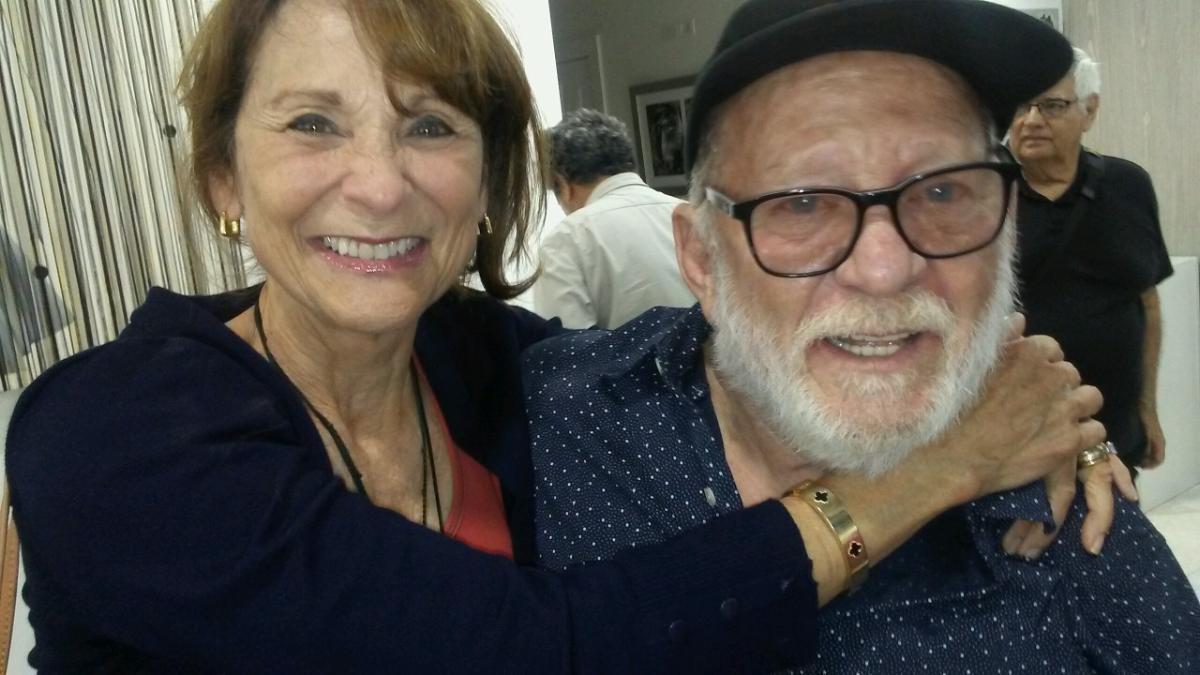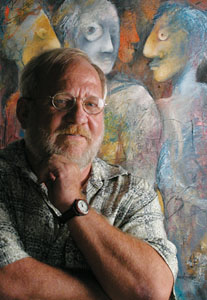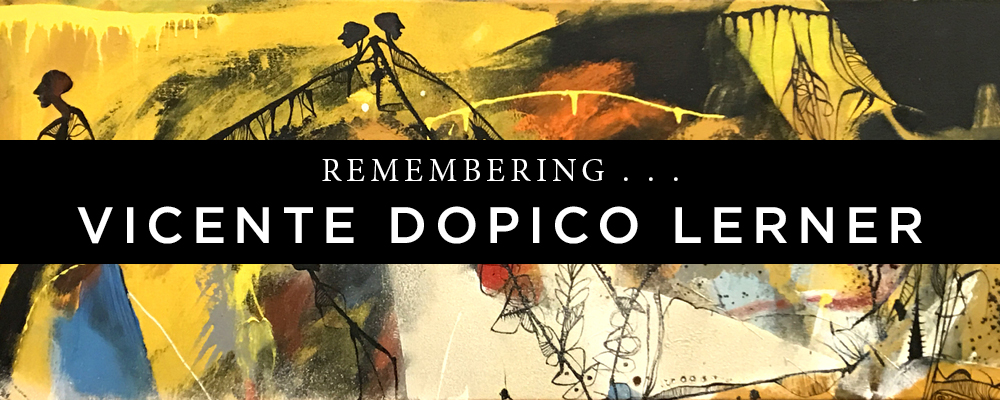
Dear Friends,
Our hearts are heavy today, as we lost a great artist and cherished friend last week, Vicente Dopico-Lerner passed away after battling an infection, he was 77.
We often referred to Vicente as our Cuban Santa Claus, his white beard and gentle demeanor seemed very different from the provocative and arresting images of faces, animals and tribal figures that embodied his work. Vicente’s work appeals to our most discerning collectors as his technical ability, emotional impact and unique style stood out amongst other fellow artists and made his work both unforgettable and timeless.
Mary Ann Cohen
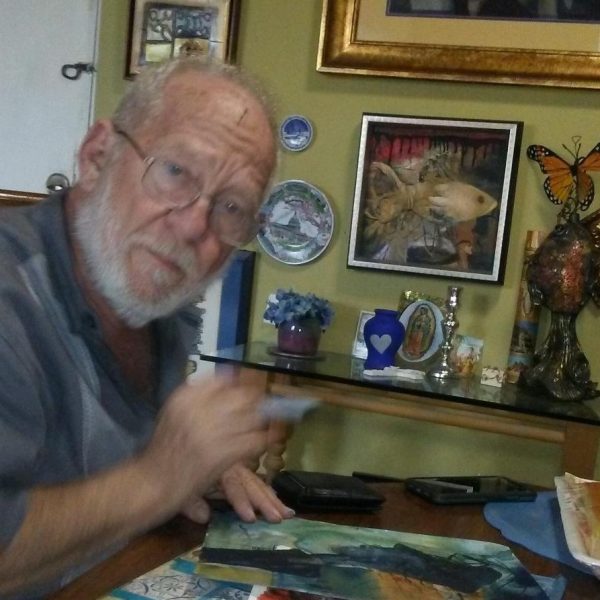
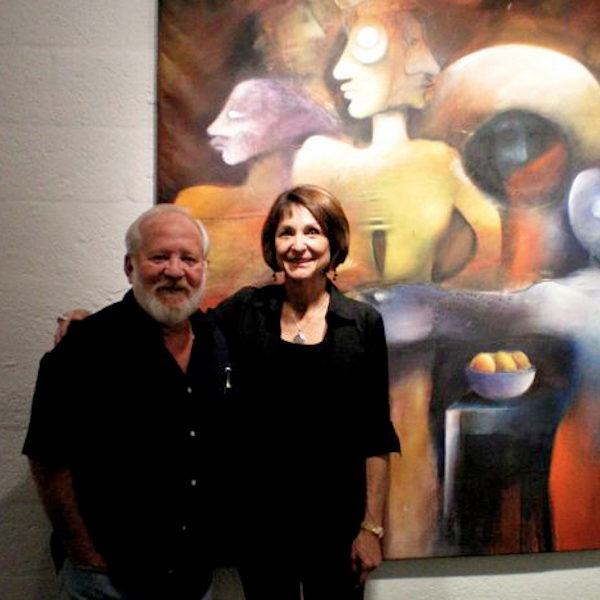
Born in Havana, Cuba, Dopico-Lerner has resided in the United States for almost five decades. It is here that he received his artistic and intellectual education in prestigious universities and academies such as Florida Atlantic University, Florida International University, St. Thomas University and the Art Students League in New York, among others.
His studies in New York at the Art Students League during the 1970s introduced him to the fundamental principles of American abstract expressionism. Dopico Lerner found in this pictorial style the formal sustenance for his compositions. In the workshops of the Art Students League where the echoes of Pollock still resounded, Dopico Lerner became acquainted with the oeuvre of Robert Motherwell and Kenneth Noland. He was fascinated with the way these artists spontaneously dripped paint on their canvases using vigorous gestures, allowing the pieces to come into being freely, far from the tethers that structure imposes. It is precisely this ability to “control the accident” that would define his style. He then began visualizing the canvas as a playing field on which to act and experiment, rather than a space on which to reproduce a real or imaginary object.
Dopico Lerner does not start with sketches, or preliminary drawings; he prefers to put his trust in the physical possibilities of painting as artistic media. He does not use easels; he prefers to affix the canvas to the wall and that is how he works on it, throwing paint haphazardly, in thick layers, using spatulas and his own hands. He interacts freely with the pictorial surface, translating his emotions into gestures. He gives free rein to the physical act of painting, establishing a spontaneous dialogue with the material, which responds to him and leads him on.
Throughout his career, drawing has been a vital element in his work. In many pieces it has a much more important role than color. The line can appear as a symbol, or a jumbled composition; however, it is always the imprint of creative emotion. All of his expressive intention arises from that line, at times like the stroke of a brush; at others reflecting the actual movements of the arm or even the entire body—gestures or “talking calligraphy,” the result of a completely free and sublime act. On paper as on canvas, using oils, acrylics or watercolors, the birth of the work of art entails the same ritual. Initially there is just a superimposition of layers of paint on the support, but little by little he lets the drawing loose; he lets it run and it does its part delineating the figures.
The subjects in the oeuvre of Dopico Lerner are not the result of daydreams or hallucinations; they are born thanks to pictorial accidents. The artist’s creative activity on the surface has made them appear. They arose hidden between lines and layers of color. The images we find in his pieces are not unreal figures, products of fantasy; rather, they are symbolically associated with passages and circumstances in the life of this author. They are the expression of his internal desires, his weariness, his unhappiness, his pains and longings.
In his more recent work, we observe a return to the formal structures that the artist employed in the 1990s. There are vast expanses of color behind which we discover beings with pronounced features and large eyes. In these recent works, the artist uses drawing and symbols sparingly. He replaces these with translucence and thick lines and he plays with light, appealing more to sensory enjoyment than to rational interpretation. Each face, each beautiful deformity of the body, each absurd detail added to the characters in his oeuvre, each evocation of criticism or of pleasure deposited on the canvas reveals a sensitive eye trained to capture the surrounding reality.
by Raisa Clavijo
Miami, October 3, 2016.
